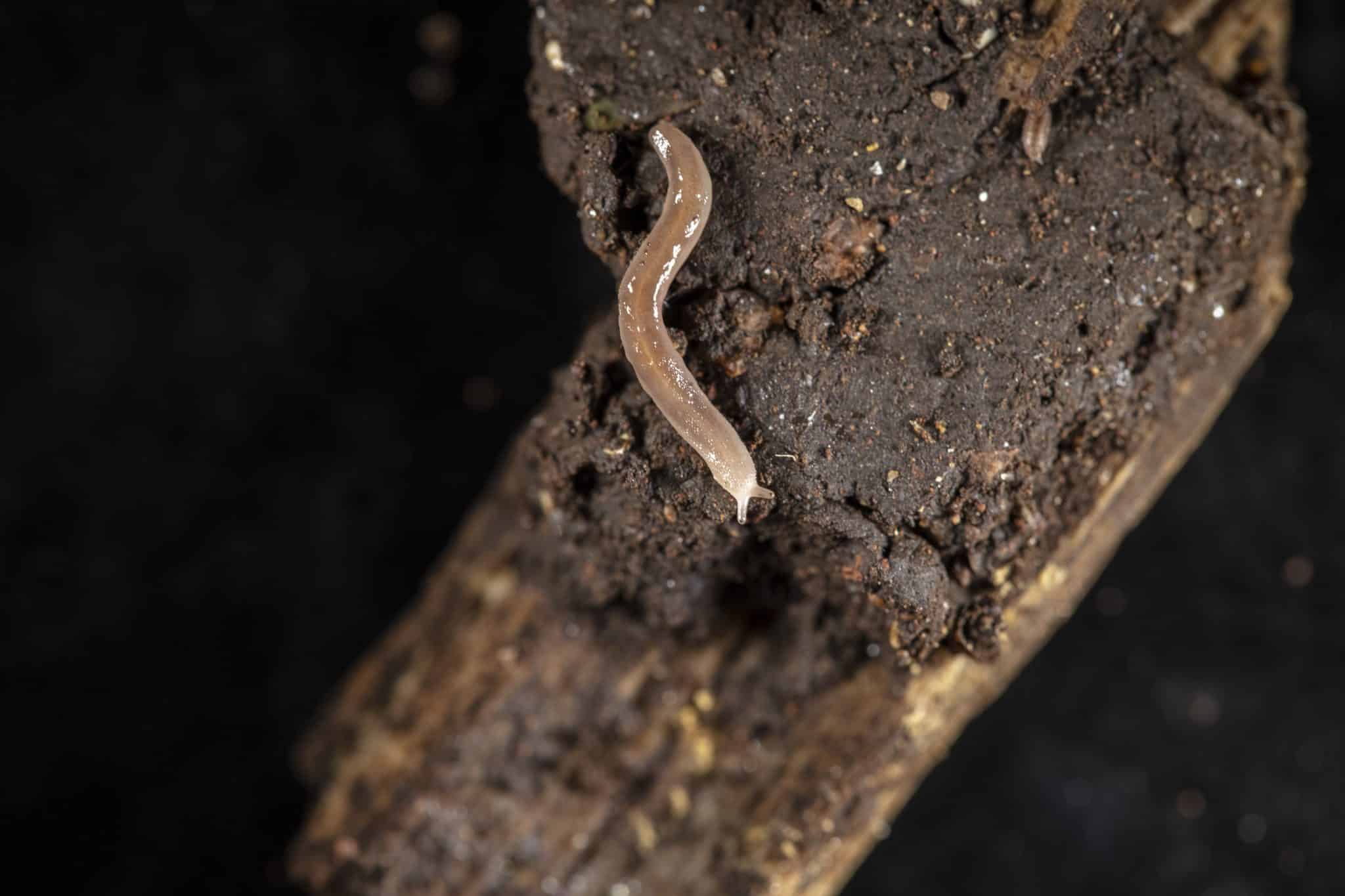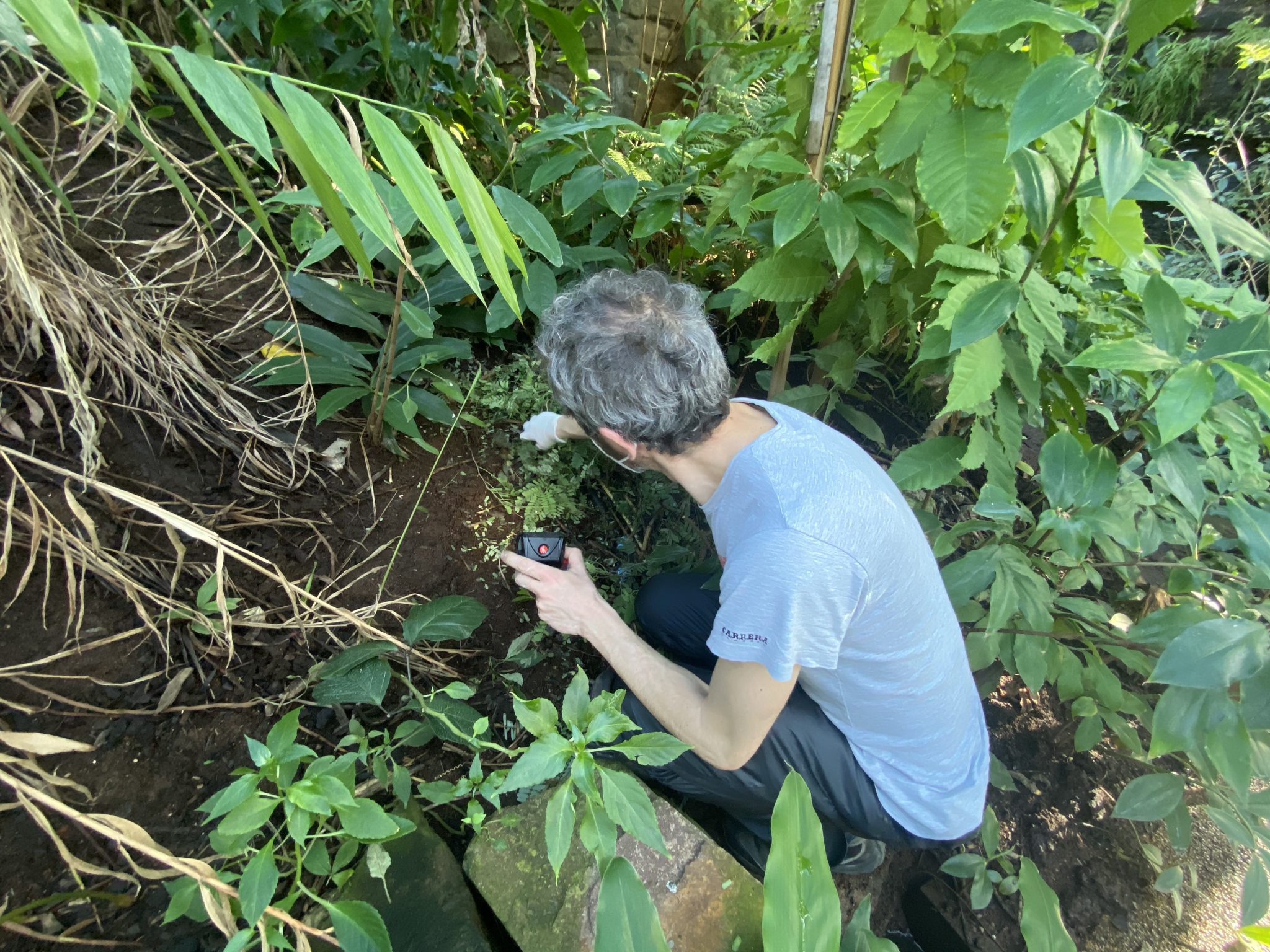
Who says that new species unknown to science are discovered in remote areas of the planet only? In MUSE – Science Museum of Trento’s tropical greenhouse, during some samplings, Barkeriella Museensis has been discovered and described for the first time. The 2-cm-long snail belongs to the Rathouisiidae family, a little-known and researched family living from Eastern Asia to Australia. Its discovery, first related in article in the Zoological Journal of the Linnean Society and now recounted in an entertaining video realised by MUSE too (watch it here), opens insightful scenarios on the investigation of alien species.

The researchers from the University of Siena and the Natural History Museum of the Academy of the Fisiocritici could not believe their eyes when, during a sampling in MUSE’s greenhouse, a small snail of 2 cm from the Rathouisiidae family, peeped out from the dirt in their sieve. Thanks to subsequent morphological and molecular analysis conducted in collaboration with the University of Poznán, Poland, it was possible to determine that the little invertebrate represented a new species previously unknown to science.
The new snail was therefore described in a scientific article in the Zoological Journal of the Linnean Society, where it is given the name Barkeriella museensis, in honour of New Zealand’s malacologist Gary Barker and of MUSE, its location of discovery in Trento.
Its original range remains a mystery, considering it is an organism unknown in nature, but it could come from either Eastern Asia or Australia since it belongs to a family from these regions. Equally unsure is the way how the snail reached the capital of Trentino: most likely, through the transportation of dirt or exotic plants in the museum’s greenhouse.
The discovery took place in the context of a research project on alien species conducted by the University of Siena and the Natural History Museum of the Academy of the Fisiocritici, in collaboration with the University of Poznán, Poland, and the National Biodiversity Future Center (NBFC). The project is coordinated by the University of Siena’s zoologists Giuseppe Manganelli and Folco Giusti, among the few Italian scholars whose research predominantly focuses on terrestrial molluscs.
“MUSE – explains Debora Barbato, researcher at the University of Siena/NBFC – is one of the research areas, along with other museums which also have greenhouses and vegetable or botanical gardens, which we are exploring in search of xenodiversity. That is to say, that component of biodiversity relating to alien organisms, namely those that are not originally from the surveyed area. Our field of research is that of terrestrial and freshwater molluscs, which tends to include precisely species introduced in new environments through the accidental transportation of dirt, exotic plants… To find specimens, we regularly employ traditional soil sampling methods: a visual search is followed by dirt collection and its analysis in our laboratories”.
Andrea Benocci, curator at the Natural History Museum of the Academy of the Fisiocritici, describes the discovery of Barkeriella museensis in these terms: “Here and in many other cities we have already found numerous alien species, some of which for the first time in Europe. This time, though, something even more special happened with the exceptional discovery of this tropical snail unknown to science in MUSE’s greenhouse. One of the snail’s singularities resides in its reproductive system, equipped with three ducts (each opening independently) for the gametes exchange: a feature never observed so far in other terrestrial molluscs, which usually have two of them”.
This is not the first instance of MUSE contributing to the identification of new species around the world, but it is the very first time in which it becomes a discovery location. As Massimo Bernardi, head of the museum’s Research and Collections department, elucidates “MUSE, in the last decade, has led to the discovery of 50 new species as a result of territorial exploration. In our collection we are conserving 700 holotypes, namely reference specimen for the description of new species.
This time, for a change, the museum became the place for researching new species, thus proving that one can find biodiversity even in the closest area to them. We tend to her of new discoveries in places with a high concentration of biodiversity, like the Tropics, or only partially explored such as the oceanic seafloor.
But all around us there is biodiversity to discover, even in the places we think we know best, like a handful of dirt in the tropical greenhouse of a museum visited by thousands of people a year”.
For such a special occasion, MUSE has realised a video titled “Barkeriella museensis. A Snail at the Museum”, in which the discovery is re-enacted.
The video tells in an accessible, light-hearted, manner the importance of the scientific research on biodiversity conducted by museums.
